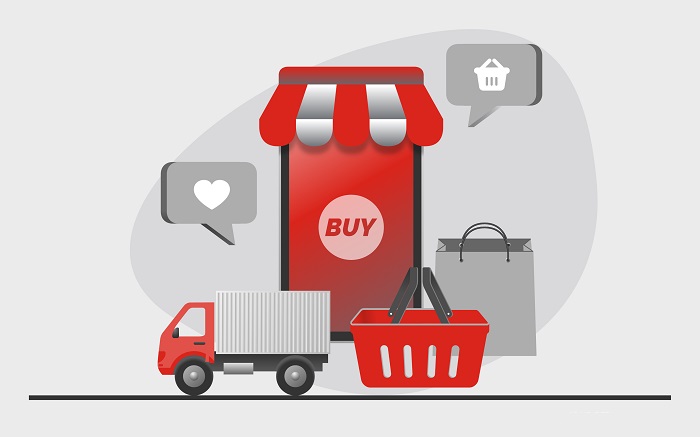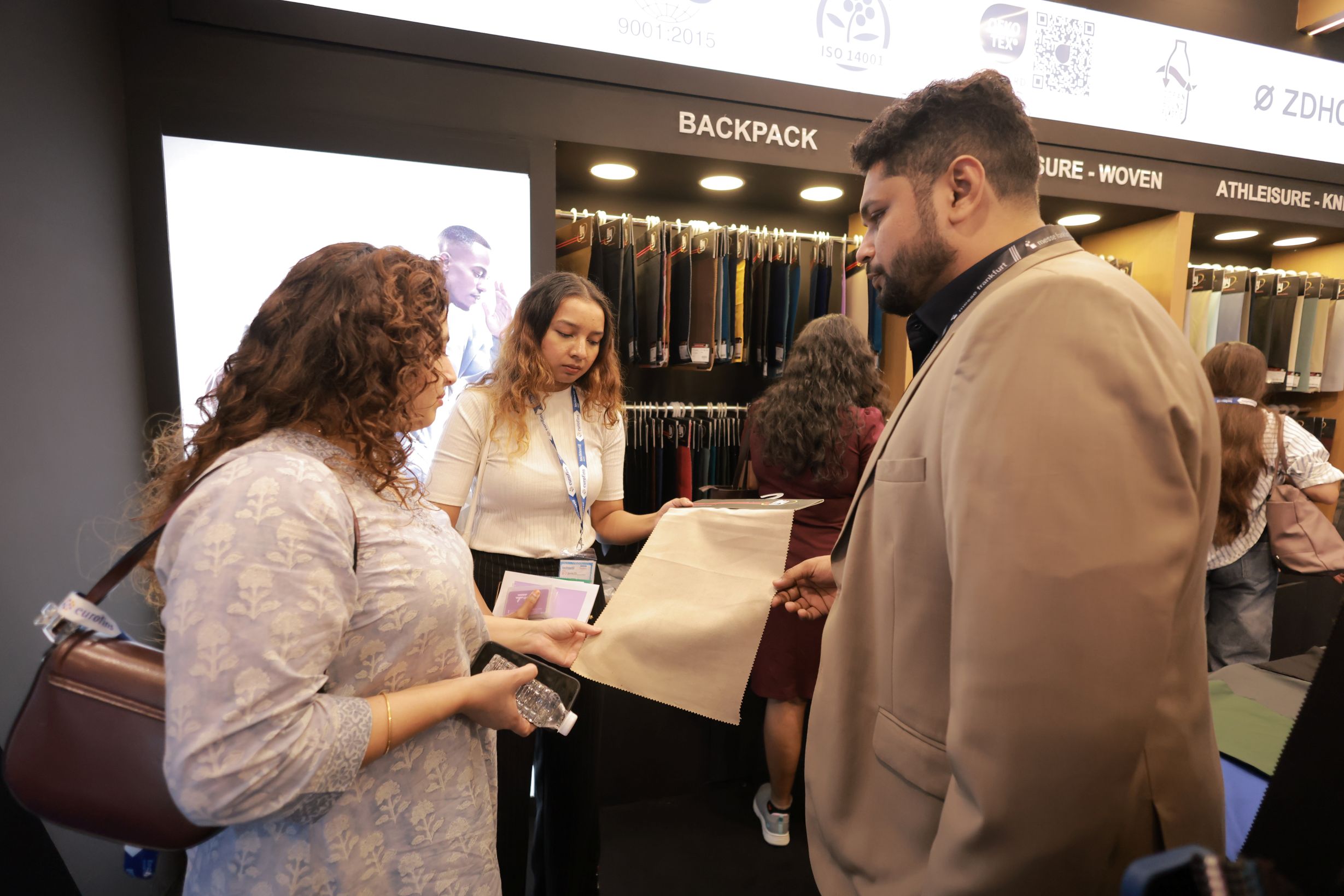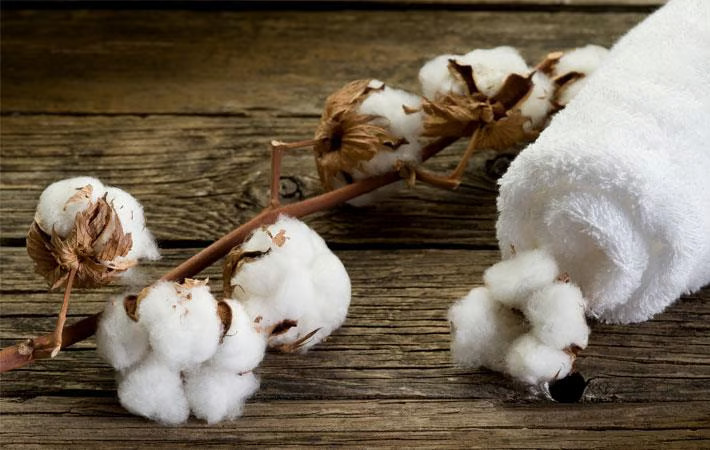
The rise of dark stores is transforming the e-commerce landscape, and the fashion and apparel sector is no exception. This analysis looks into the participation of this sector in the dark store model, its impact on e-commerce and traditional retail, and the potential for existing small apparel stores to become dark stores.
Fashion's growing presence in dark stores
While groceries remain the dominant category in quick commerce, fashion and apparel is emerging as a significant player. And it’s a growing trend as platforms like Zepto are expanding their dark stores to include apparel alongside electronics, beauty products, and other categories. While precise figures for fashion's share of the quick commerce market are scarce, anecdotal evidence and company statements suggest steady growth. Zepto, for instance, reports "steady growth and gaining momentum" in categories beyond groceries, including fashion.
Impact on e-commerce and small businesses
Dark stores are boosting e-commerce by enabling faster delivery times, a key factor in customer satisfaction and purchase decisions. This is particularly relevant for fashion, where immediacy and impulse purchases are common.
The impact on small apparel stores is twofold. First, dark stores pose a competitive threat by offering greater convenience and speed. Second small stores can potentially leverage the dark store model to expand their reach and compete more effectively.
Indeed, the prospect of converting existing small apparel stores into dark stores has many opportunities for brands. It helps to leverage existing locations for faster delivery in their immediate vicinity. It potentially reduces costs associated with in-store displays and customer service. It integrates offline and online operations, offering customers multiple touchpoints.
However, there are challenges as well as it requires investment in inventory management systems, order fulfilment processes, and delivery networks. Also, many small stores may lack the space for efficient order completion and storage. Moreover competing with established players with extensive networks and resources can be difficult for small stores.
Table: Data and projections
|
Aspect |
Current situation |
Potential impact |
|
Dark Store Growth |
Rapid expansion, with companies like Swiggy aiming to double their dark store area. |
Increased density of dark stores will bring faster delivery times to more customers. |
|
Fashion & Apparel Share |
Growing steadily, driven by demand for quick delivery of apparel and accessories. |
Could become a significant segment within the quick commerce market. |
|
Impact on Small Businesses |
Mixed; competition but also opportunities for collaboration and adaptation. |
Potential for revitalization if small businesses can integrate into the dark store ecosystem. |
Success story
US-based quick commerce platform GoPuff provides a relevant case study. Initially, focused on snacks and convenience items, GoPuff expanded into fashion and apparel through partnerships with brands like Champion, Lacoste, and Psycho Bunny. This move illustrates the potential for quick commerce to cater to fashion consumers' desire for speed and convenience.
However, the integration of fashion & apparel into the dark store model is still in its early stages but holds significant potential. While challenges remain, particularly for small businesses, the opportunities for growth and innovation are undeniable. The future of this sector lies in a hybrid model, where traditional retail coexists with dark stores, offering customers a seamless omnichannel experience.












